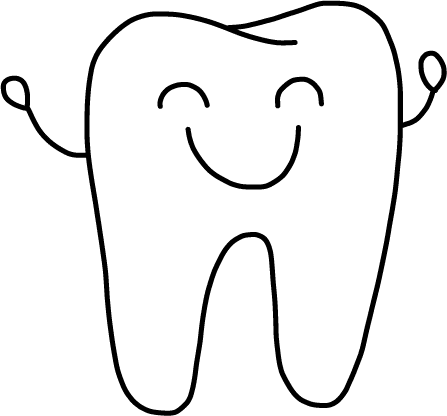CAUSES:
Bacteria– Enamel is dissolved by acid produced by bacteria in the presence of dietary carbohydrates. This bacteria, called Streptococcus mutans, digests carbohydrates from the host’s diet. The byproduct of this digestive process is an acid which pulls minerals out of the teeth.
Acidic environment– Decay formation is the result of demineralization (the loss of mineral content) from teeth. This is a process that occurs when a tooth is exposed to an acidic environment of pH 5.5 (referred to as the Critical pH) or below.
Diet – Frequent exposure to carbohydrates (which are turned into acid by bacteria) and acidic foods lead to a low pH allowing bacteria to thrive and start the decay process. We know that sugar feeds the bacteria that produces acids which creates cavities. A prolonged acidic oral pH can cause tooth decay and demineralization of your enamel.
Foods that we don’t always associate with cavities may be the culprit. Bread, potato chips, crackers and even dried fruit can be very sticky and lead to cavity formation. Knowing the pH of what you are sipping on is important too. Sodas, Gatorade, Energy drinks, coffee, carbonated water and even some bottled non-carbonated drinking water may have a pH level below 5.5, which can put you at risk for cavities.
Dry Mouth– In the absence of saliva, the mouth is unable to remineralize any areas that may have been damaged by the demineralization process. Calcium, phosphorous, fluoride and other minerals contained in your saliva can repair the enamel surfaces of your teeth, keeping them healthy, strong and resistant to cavities.
PREVENTION:
Don’t linger when snacking on or sipping sugary/acidic foods and beverages. Consume sugary/acidic foods and beverages fairly quickly. The less sugar, fewer number of times you consume, will decrease exposure of your teeth to bacterial acids and your oral environment will become less acidic.
Use mints or lozenges containing xylitol– This natural sweetener made from birch trees trick the bacteria that can cause cavities. Bacteria consumes xylitol by thinking it is sugar, but the bacteria are unable to process it, effectively killing them.
Brush and floss (or waterpik) often- Keep the level of plaque in your mouth to a minimum. The more cavity-causing bacteria that are present, the greater the amount of acid that’s produced and the more likely you are to get cavities.
Use a Prescription Toothpaste- Dr. Semerad will prescribe some patients a toothpaste with a higher level of fluoride to saturate saliva and aide in remineralization of the teeth.
Use a Prescription Mouth Wash- Patients that have dry mouth may also be prescribed a mouthwash that can help relieve symptoms and work like natural saliva to balance the pH in the oral environment and aid in the re-mineralization of teeth.
Fluoride varnish- Having a fluoride varnish treatment after your dental cleaning can help prevent cavities. This type of fluoride treatment can release fluoride for up to 3-4 months, which aides in the remineralization process.


